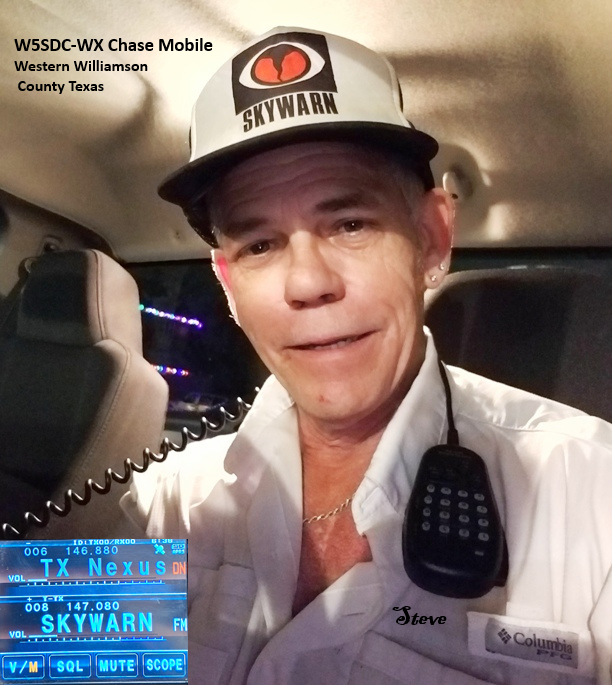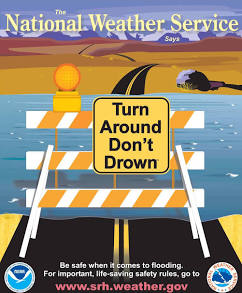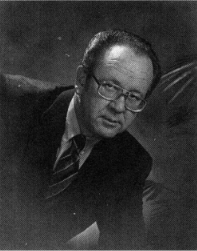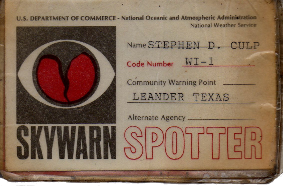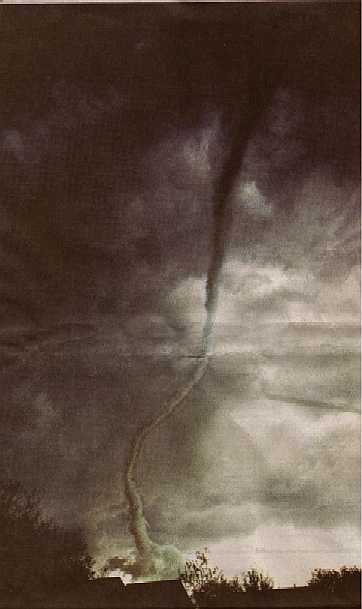

Peter Yang photographed the funnel cloud from Blockhouse Creek (about 3 miles away) as I stood directly underneath looking straight up into the bottom of the funnel shortly before it made contact with the ground. The funnel's base was rotating very slowly and drifting slowly northeast. Once the funnel became a tornado (contact with the ground) it followed a south southwestern track through Mason Creek. I was standing on my front porch when the tornado reached our house. Using the Enhanced Fujita Scale table below as a guide, it appears that we received EF-0 to EF-1 level damage. The houses behind ours sustained worse damage closer to EF-2 levels and also a storage building was blown into a neighbor's backyard.
| EF-Scale Number | Intensity Phrase | Wind Speed | Type of Damage Done |
|---|---|---|---|
| EF-0 | Minor tornado | 65-85 mph | Some damage to chimneys; breaks branches off trees; pushes over shallow-rooted trees; damages sign boards. |
| EF-1 | Moderate tornado | 86-110 mph | The lower limit is the beginning of hurricane wind speed; peels surface off roofs; mobile homes pushed off foundations or overturned; moving autos pushed off the roads; attached garages may be destroyed. |
| EF-2 | Significant tornado | 111-135 mph | Considerable damage. Roofs torn off frame houses; mobile homes demolished; boxcars pushed over; large trees snapped or uprooted; light object missiles generated. |
| EF-3 | Severe tornado | 136-165 mph | Roof and some walls torn off well constructed houses; trains overturned; most trees in forest uprooted |
| EF-4 | Devastating tornado | 166-200 mph | Well-constructed houses leveled; structures with weak foundations blown off some distance; cars thrown and large missiles generated. |
| EF-5 | Incredible tornado | >200 mph | Strong frame houses lifted off foundations and carried considerable distances to disintegrate; automobile sized missiles fly through the air in excess of 100 meters; trees debarked; steel re-inforced concrete structures badly damaged. |


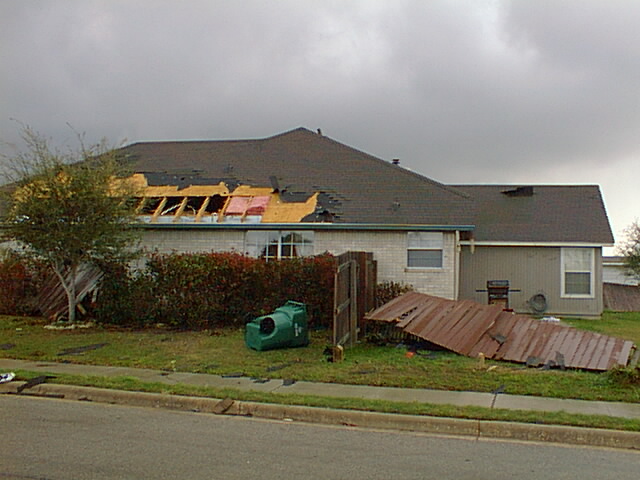
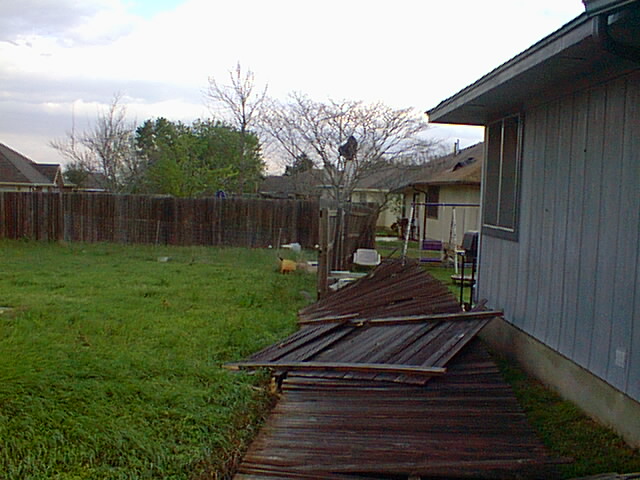
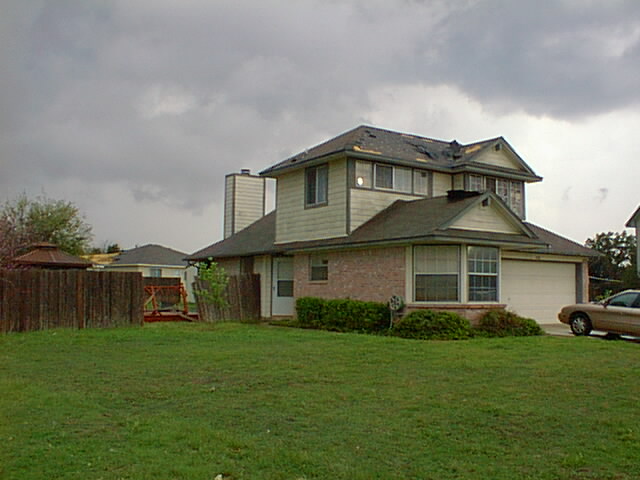
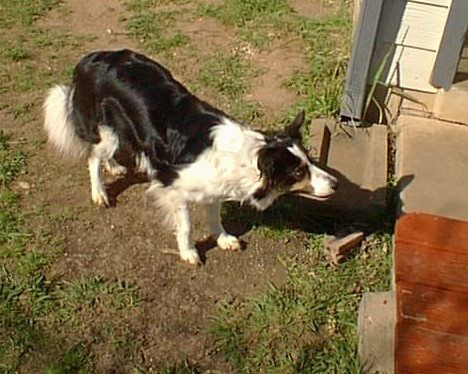
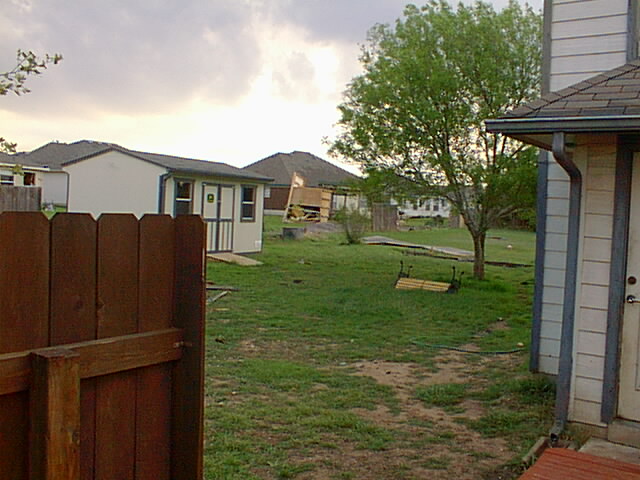
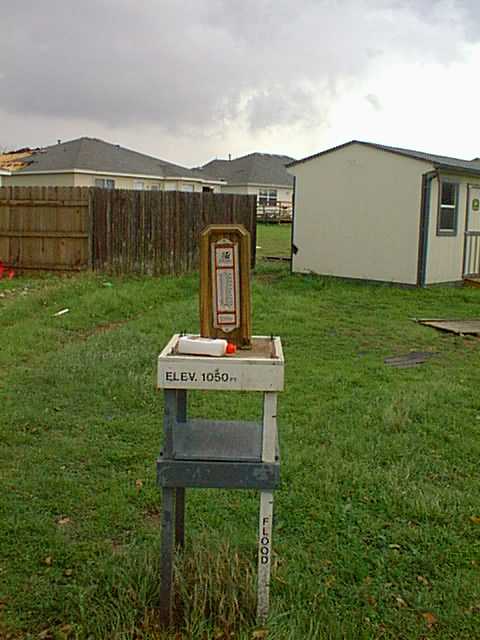
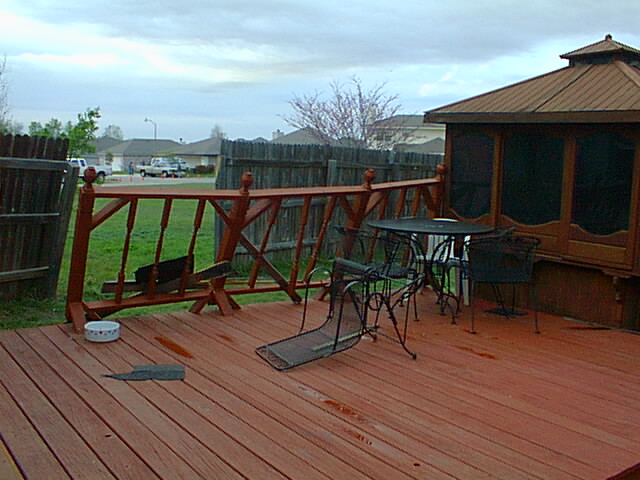
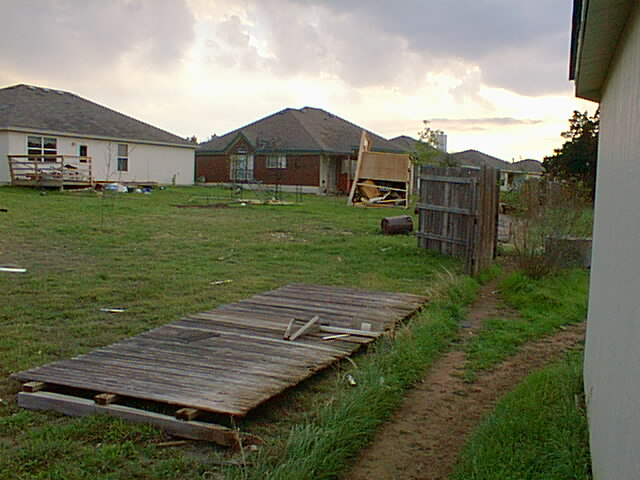
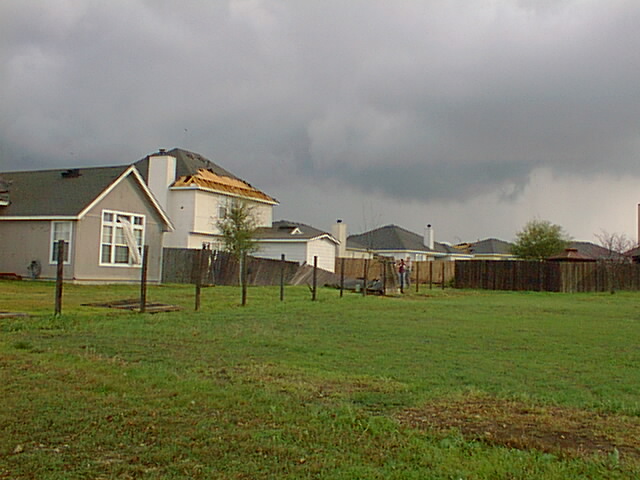
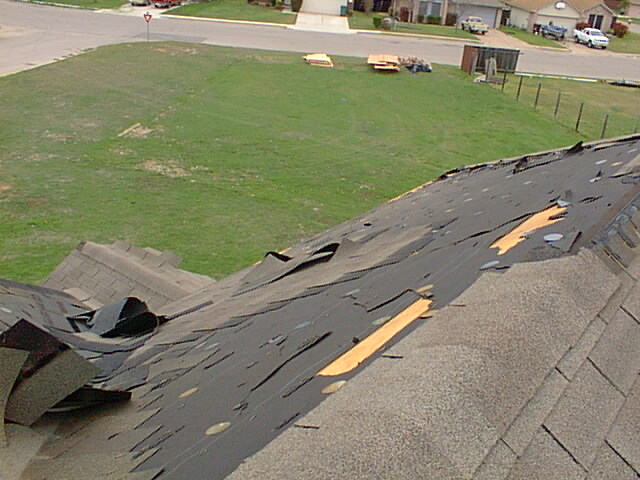
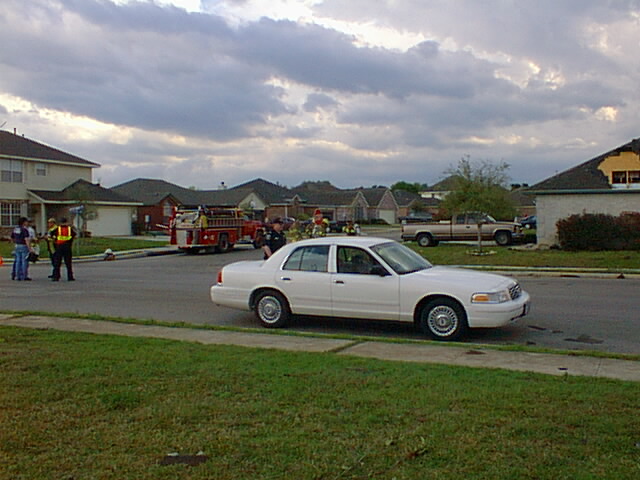
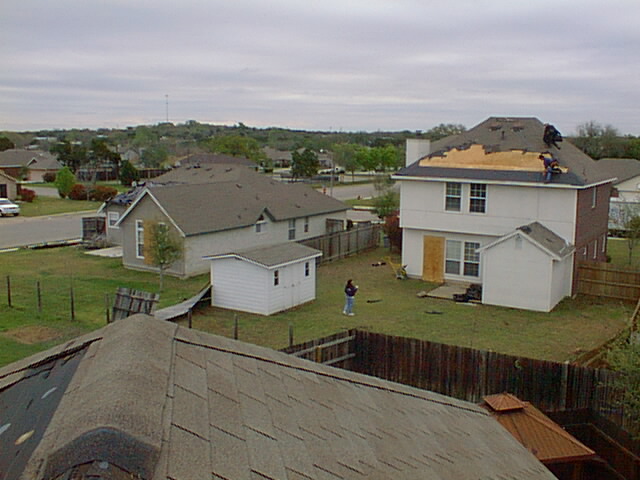
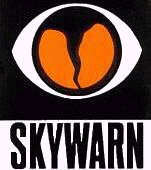 ®
®